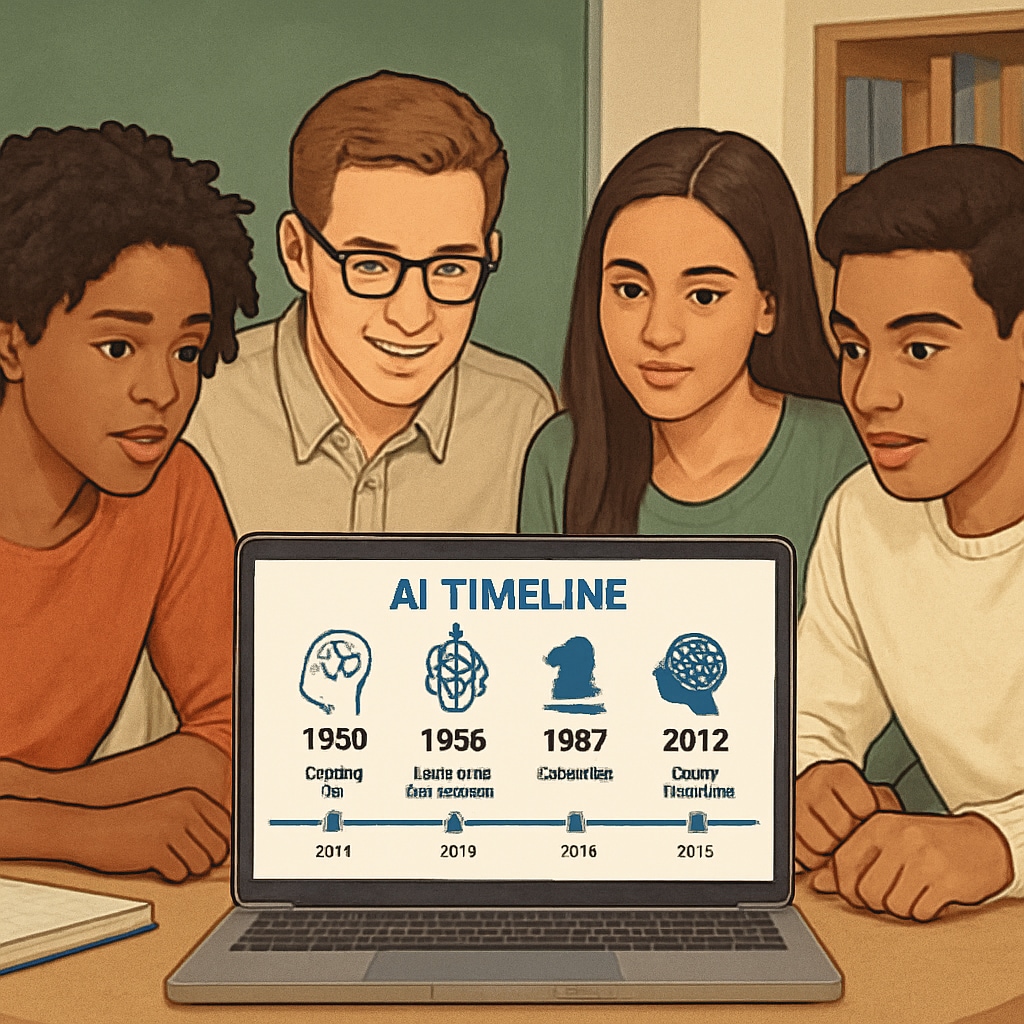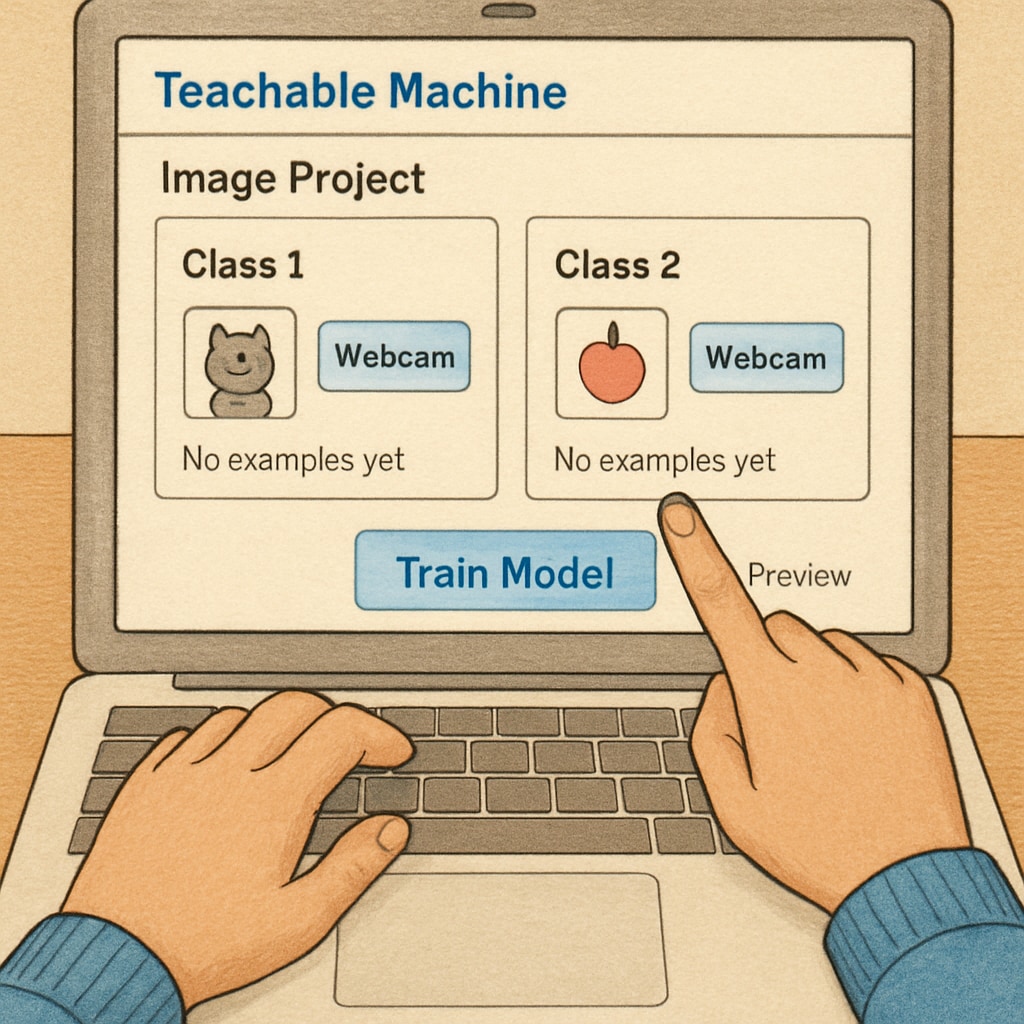Artificial intelligence teaching, interactive projects, and computational resource constraints are critical considerations when designing introductory AI courses for undergraduates. Many institutions face challenges in providing high-end hardware, yet effective learning can still occur with well-structured, low-resource activities. This guide presents a framework for educators to balance theoretical foundations with practical engagement.
Historical Context as a Teaching Tool
Begin by grounding students in AI’s evolution through accessible milestones. For example, a timeline analysis project lets groups research key breakthroughs (e.g., ELIZA, perceptrons) and present using free tools like Canva or Google Slides. This approach:
- Requires only internet access
- Builds foundational knowledge
- Encourages collaborative learning

Low-Code Experimentation Platforms
Platforms like Google’s Teachable Machine enable image/sound classification projects without coding. Students can:
- Collect datasets using smartphones
- Train simple models in-browser
- Test real-world applications (e.g., sorting recyclables)
Such projects demonstrate core ML concepts while minimizing hardware demands.

Gamified Learning with Physical Computing
Pair low-cost hardware (Raspberry Pi, Arduino) with AI principles. For instance, a “Smart Rock-Paper-Scissors” game using:
- Pre-trained models (TensorFlow Lite)
- Basic cameras
- LED output displays
This tactile approach reinforces neural network concepts through tangible outcomes.
Readability guidance: Use transition words like “however” for limitations (e.g., “However, model accuracy may vary with low-resolution cameras”) and “therefore” for conclusions (“Therefore, clear learning objectives should precede hardware selection”).


